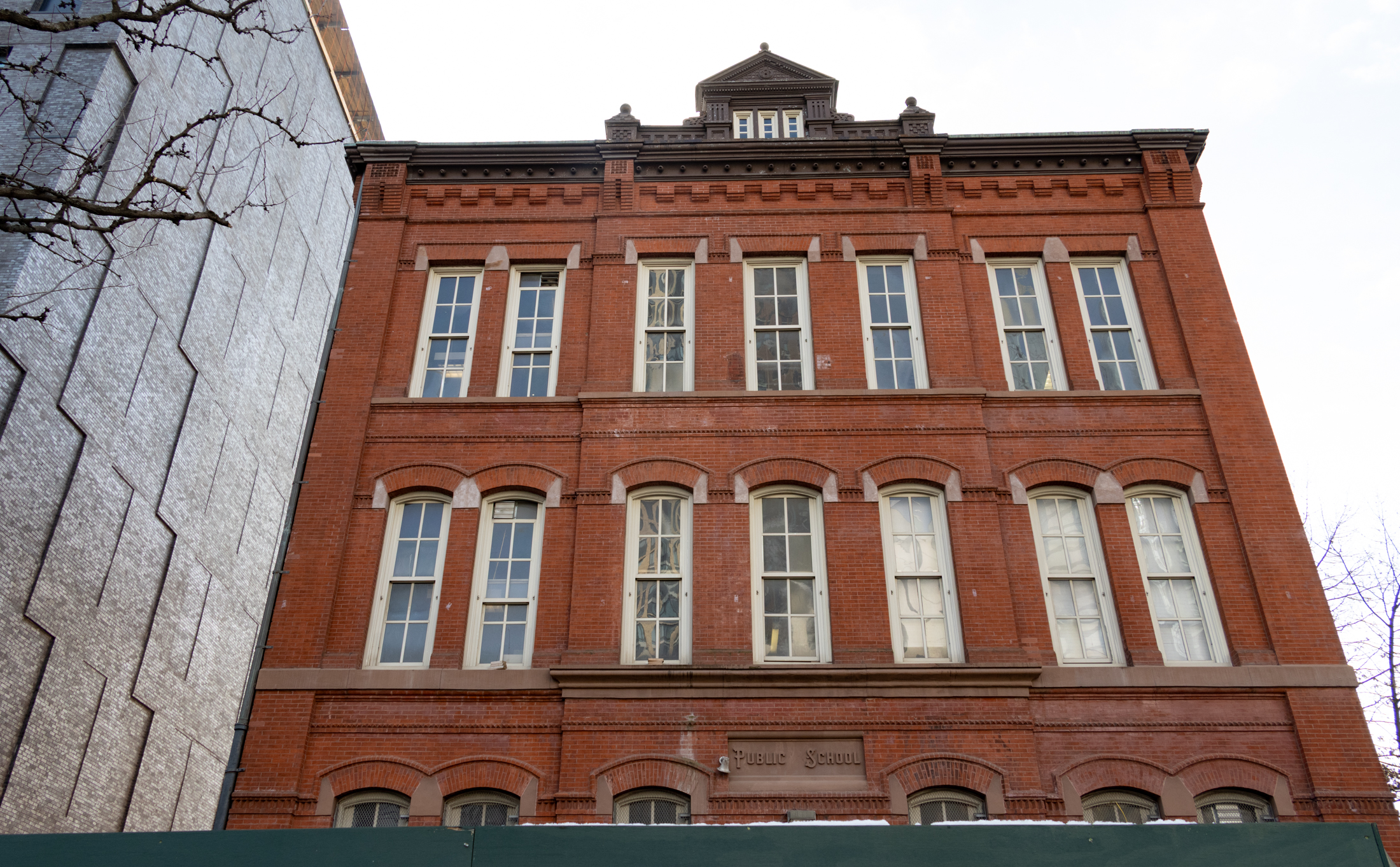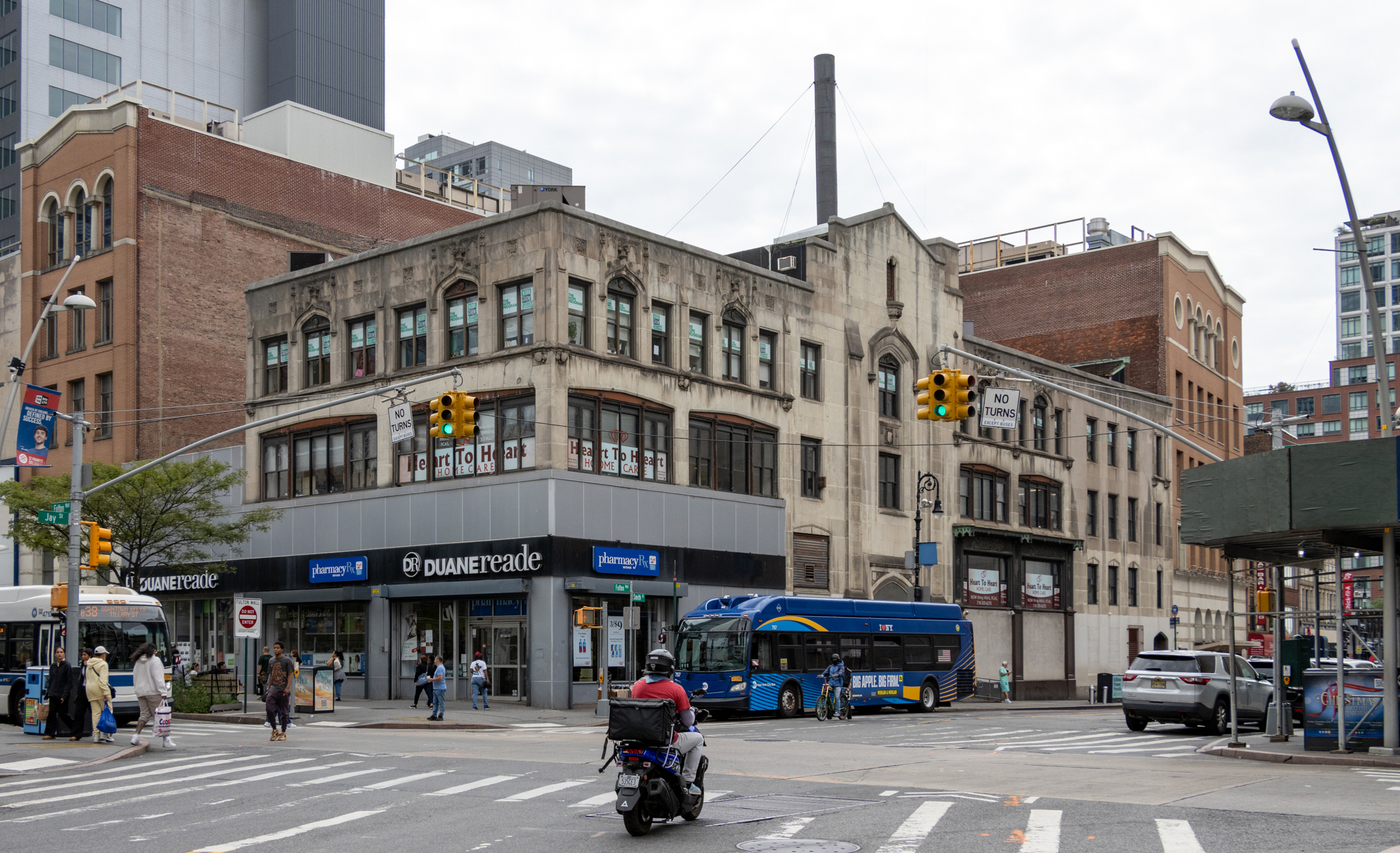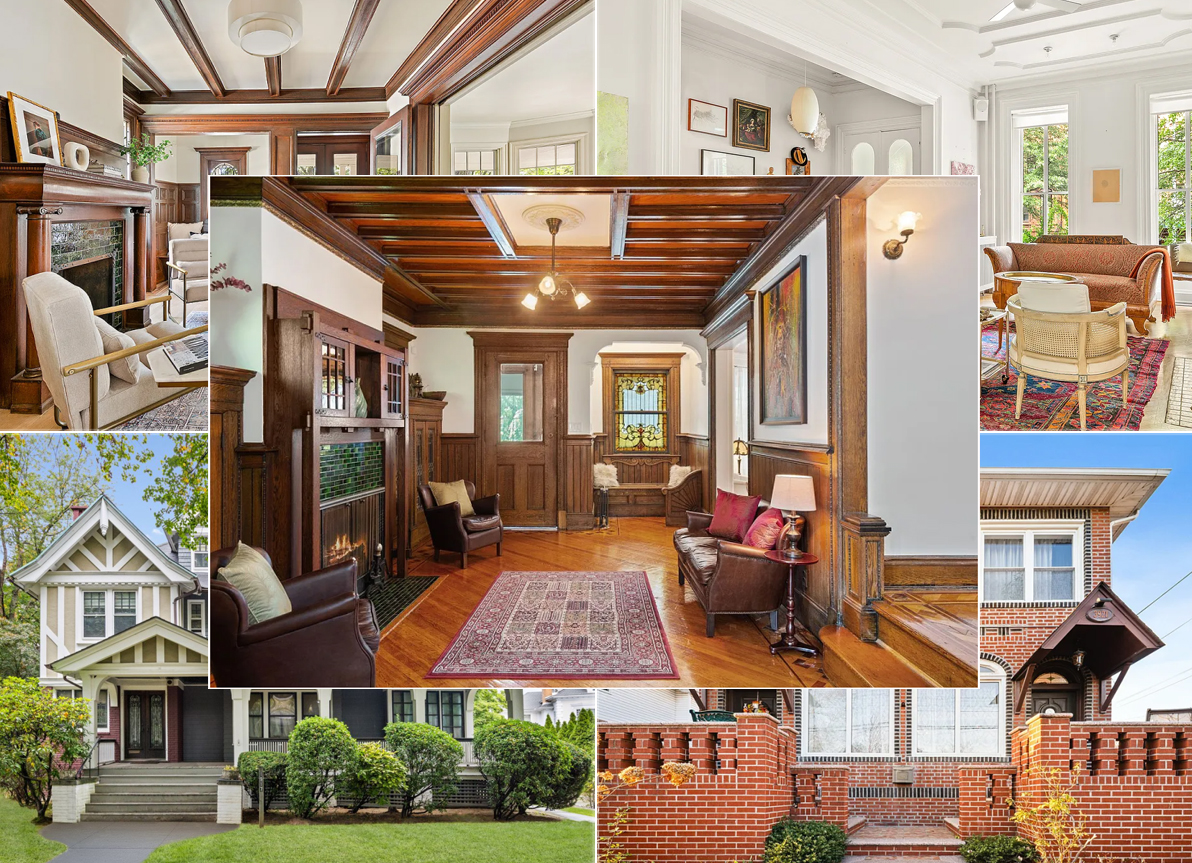Downtown Boosters Wary of Credit Crunch, 421-a Revamp
The Sun’s Michael Stoler, who had an article published last week entitled “Downtown Brooklyn Finally Arrives,” checks in this week with an article called “Concerns Rise Over Brooklyn Boom,” which is about how there may be a bump or two on the road to Downtown’s arrival. This week’s piece makes the case that a number…


The Sun’s Michael Stoler, who had an article published last week entitled “Downtown Brooklyn Finally Arrives,” checks in this week with an article called “Concerns Rise Over Brooklyn Boom,” which is about how there may be a bump or two on the road to Downtown’s arrival. This week’s piece makes the case that a number of the 14,300 residential units (including Atlantic Yards) currently planned for downtown may be in trouble because of the credit crunch and the tightened rules regarding the 421-a tax-abatement program that go into effect on June 30, 2008. Former city council member and lawyer to many Brooklyn developers Ken Fisher summed it up:
Given the credit crisis and problems on Wall Street, they picked exactly the wrong moment to choke the golden goose. Even the biggest developers are worried that there is simply not enough subsidy to meet the need. The 421-a requirement for affordable housing is already skewing the market. Projects are being accelerated to meet the deadline, creating a glut just as the demand might soften.
How do you think the Downtown building boom will play out?
Concerns Rise Over Brooklyn Boom [NY Sun]





9:42:
I did mean to say 20% to 30% of income on housing. This is what is typical even today, and is the benchmark for market studies and mortgage approvals. Banks underwrite construction loans for new development using such criteria.
I’m not going to nitpick too many of the facts here, but the point is modern technology and a huge surplus population should result in significantly better housing and a lot more of it. There is more than enough rock on this planet to build every man, woman, and child a brick townhouse. It’s obviously more complicated than that – but a casual stroll down the Grand Concourse will show you hundreds of massive apartment buildings that were constructed for the middle class, all of which were built during the Great Depression. I can think of no better example than that. 250,000 units were brought online on the Grand Concourse just during that 1930s.
10:05
That same 4 room tenement on the LES is
Petebklyn:
The demand for housing today is greater than it was in the 1930s, in terms of overall vacancy rates and absorption time. Even buildings on the Grand Concourse in the 1930s were not 50% pre-leased prior to completion of construction like many notable properties in NYC. I have no idea what the Ayn Rand comment is about. Please enlighten me.
10:36
All good points, and you did catch the essence of what I was saying.
10:58:
If we are just going to pull numbers out of our ass, rather than my general comments, at least let it be known that in fact the majority of housing units in Brookly date from before 1940. What is worse is nearly 80% of the housing units were built prior to 1960, when the era of meddlesome programs like Public Housing, mortgage deductions, 421(a) abatements, etc began.
http://factfinder.census.gov/servlet/ADPTable?_bm=y&-geo_id=05000US36047&-qr_name=ACS_2006_EST_G00_DP4&-ds_name=ACS_2006_EST_G00_&-_lang=en&-_sse=on
My sincerest apologies on the spelling error, I’m working on a land residual analysis right now…
My real goal was to put things into perspective – new construction used to keep up with demand, while now it does not. The precise dates aren’t terribly relevant. 70 years or 100 – it is still a long time ago, and there is no excuse for it.
The Fed is going to lower rates towards zero like Japan? A severe recession of 5 years or more? LOL…utter BS
@12:16
Lame.
‘stoner — please make 12:16 a recurring feature on the home page. gold.
CREDIT DETERIORATION AND OVERDEVELOPMENT UNLEASH VAMPIRES ON DOWNTOWN BRROKLYN
Nov. 15, 2007
The unfolding events in credit markets and the building of a number of residential luxury developments under way in Downtown Brooklyn have resulted in a sudden and sharp increase in vampires in the vicinity, a source close to the mayor’s office confirmed.
“There appear to be packs of pale-skinned, black-robe clothed figures out in the streets of Brooklyn,” said deputy housing commissioner Lucy Westerna. “They pose a serious threat to the public,” Westerna went on to say.
Several confirmed reports of street-level attacks in the downtown vacinity have been reported over the last several days.
According to police sources, in one report witnesses say downtown resident Mina Murray, 31 and a mortgage broker, was attacked by three male caucasians wearing black robes while walking her dog near the corner of South Elliot Street and De Kalb Avenue in the Fort Greene section. A prelimiary medical report suggested that her body was completely void of blood.
Witnesses to the attack said the three robed figures retreated into a well-appointed brownstone near to the crime scene.
Experts believe the sudden influx of vampires may be related to the credit crunch. “Few people realize, blood-sucking undead are residing throughout brownstone Brooklyn, in many cases without the knowledge of the residents or owners,” said noted vampire hunter Jonathan Harker.
Harker went on to say, “recent shifts in credit market conditions may have resulted in a kind of wake-up call to members of the undead community. An unsettling of ground conditions due to heavy building of luxury residential buildings has also contributed to the disturbance in the sleeping habits of vampires residing in the borough.”
Harker admonished residents throughout Downtown Brooklyn and surrounding neighborhoods to take precautions, including stocking up on garlic and keeping silver daggars and mirrors handy.
Thank you 11:24 and all you people with some figures that contradict Polemicist.
FG/TGL
Correct, 12:01. He is doing his clients’ bidding, hopefully his words do not spark an irrational panic.
I hold Ken Fisher in relatively high esteem as far as current and former council members go. But let’s not for a moment forget that Ken is now in the business of helping his clients make as much money as possible. Of course he opposes the sunset on the 421-a real estate tax abatement.
The contraction of the money supply will worsen. After lowering rates as low as they can go (close to zero like Japan), the Feds will realize that it no longer spurs growth (stagflation). They will then raise rates sharply to curb inflation. Many projects will go unfinished. We’ll go through a severe recession/depression (maybe five or more years). Property values will plummet -25 to -50 percent. Late next decade or the one after that, some new economic phenomenon (like alternative fuels) will get peddled by Wall Street and VC firms. Then we’ll pick up where we left off with respect to development.
Things will get better but not before they get worse. That’s what happened in the 80’s. A lot of projects were cancelled or postponed until recently.